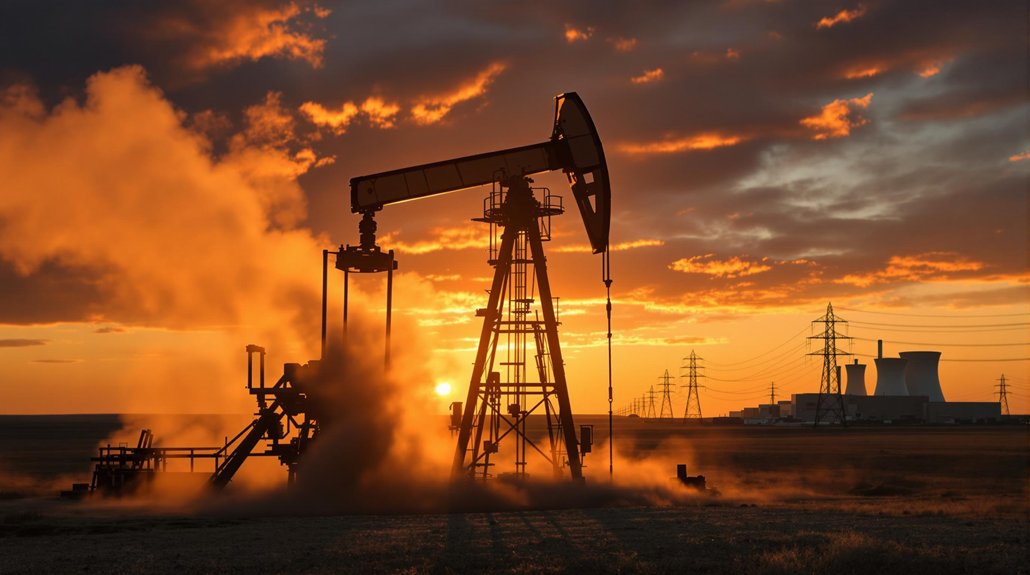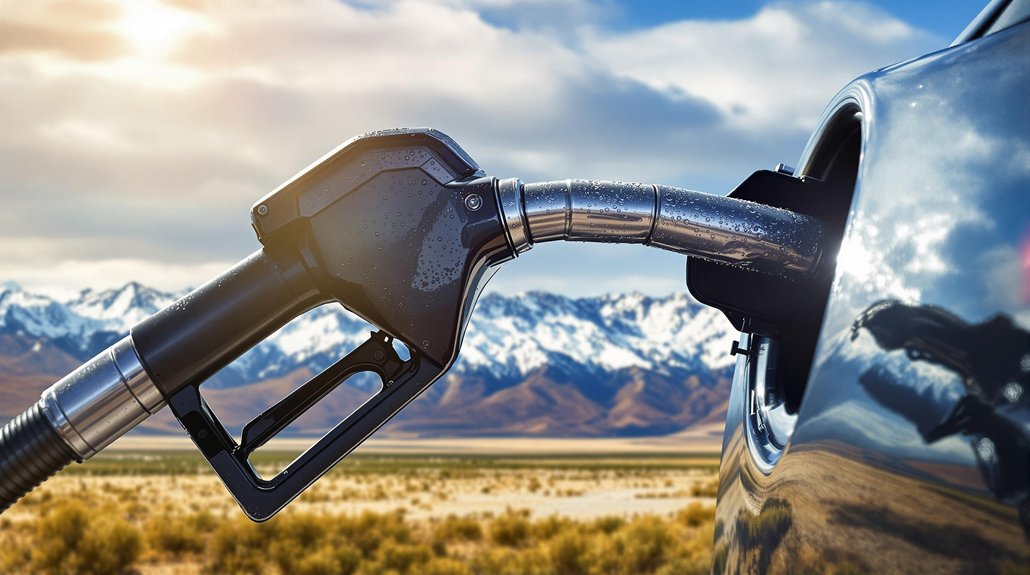Virginia’s clean energy goals face a rural roadblock. Solar project approval rates crashed from 100% in 2016 to below 50% today, with one-third of state land now off-limits. Senator VanValkenburg sounds the alarm as rural communities resist. Farmers worry about losing productive land, though less than 1% of cropland hosts solar projects. It’s a classic rural-urban showdown, with carbon-free electricity targets hanging in the balance. The political solutions might surprise you.
Virginia’s ambitious green energy goals are hitting a wall—a rural one. Local governments across the commonwealth are slamming the brakes on solar projects, with approval rates plummeting from a perfect 100% in 2016 to less than half today. Talk about a nosedive.
Senator VanValkenburg isn’t mincing words. He’s worried Virginia won’t meet its renewable energy targets. The math is simple: The Clean Economy Act demands 100% carbon-free electricity by 2050. Dominion Energy needs to build 16,100 megawatts of solar capacity. But one-third of Virginia’s land is now off-limits for solar development. Something’s gotta give.
The math doesn’t lie—Virginia’s clean energy clock is ticking while available land for solar shrinks by the day.
Rural residents have concerns, and they’re legitimate. Virginia lost 500,000 acres of farmland between 2017 and 2022. Agriculture pumps $82.3 billion annually into the state’s economy. Nobody wants to see productive fields covered in glass and metal. Especially when they feel like they’re bearing the burden while city folks reap the benefits.
But here’s the kicker: less than 1% of cropland and forestland is currently used for utility-scale solar. And these projects can be lucrative for landowners struggling to make ends meet. Some farmers are even finding ways to grow crops and generate power on the same land. Transformative, right?
The technical challenges aren’t helping either. Replacing baseload energy with intermittent renewables requires serious planning. Energy storage solutions are needed. Grid reliability is essential. Without them, the lights go out. Period.
Politicians are scrambling for solutions. Some want a state review board to override local objections. Others suggest expanding solar development on already disturbed lands. VanValkenburg’s proposed legislation aims to encourage small solar projects in suburban areas to distribute energy production responsibilities more equitably across the state. Everyone’s talking about finding balance.
Meanwhile, the clock is ticking on those clean energy mandates. The rural-urban divide deepens. County moratoriums spread like wildfire. Organizations like Energy Right are working to educate rural communities about the economic benefits of clean energy transitions. Federal tax credits could reduce installation costs by 30%, making renewable projects more financially viable for rural communities. And Virginia’s clean energy future hangs in the balance.
Sometimes the greenest intentions hit real-world complications. Who knew saving the planet would be so complicated?








